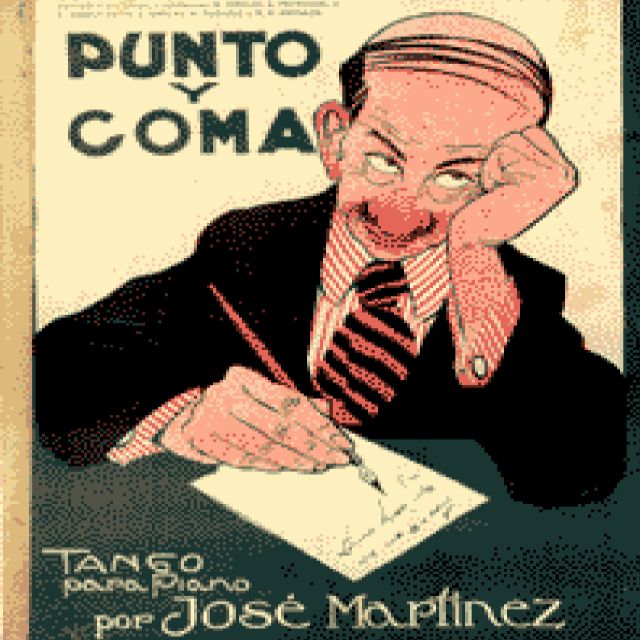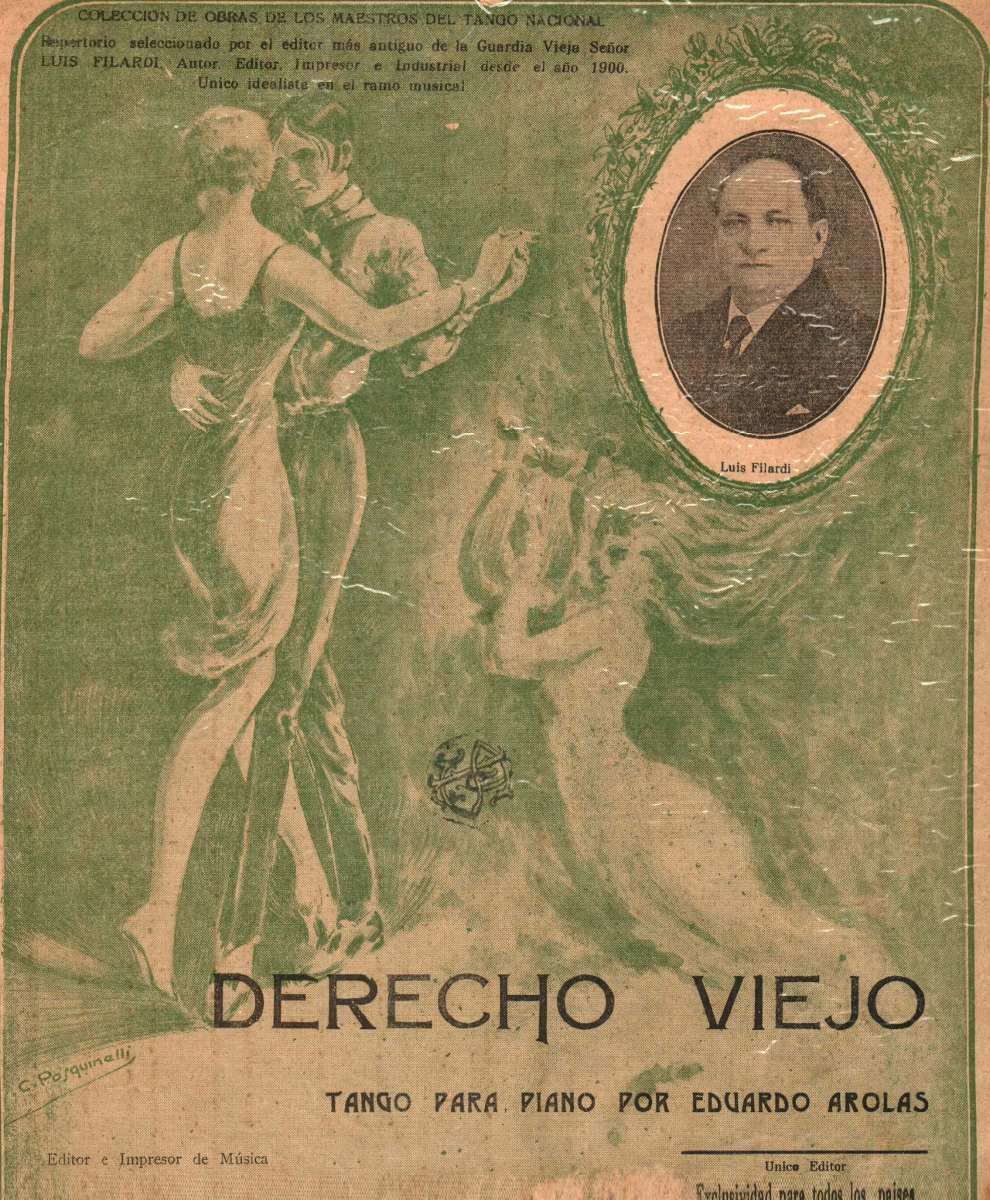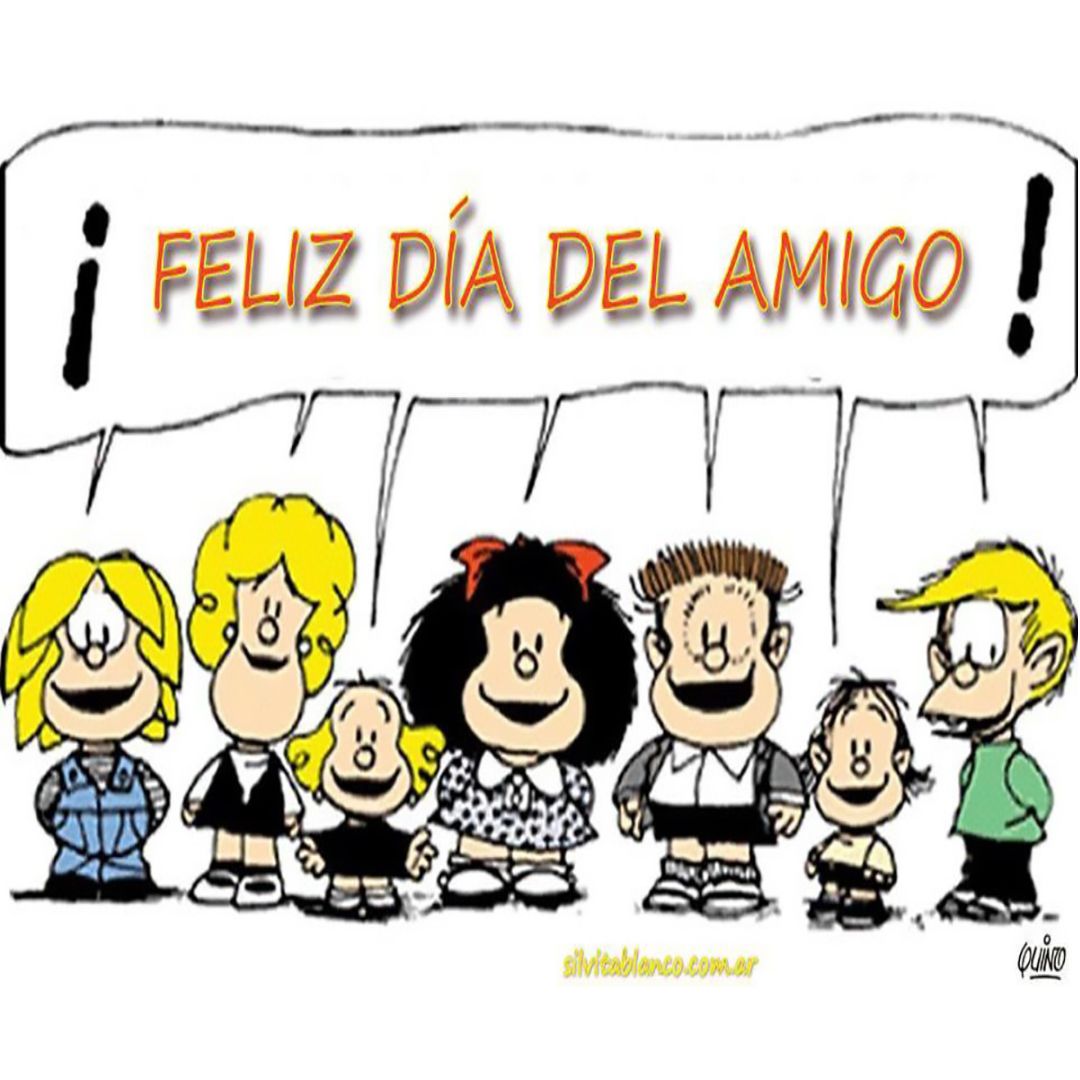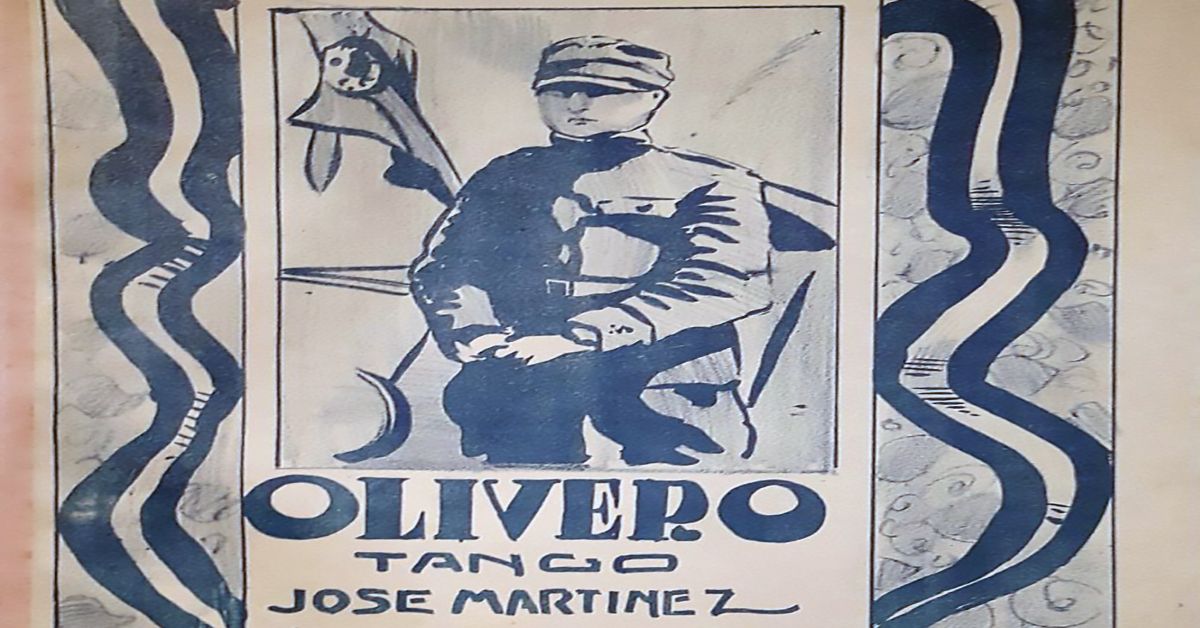“Punto y coma” by Osvaldo Pugliese y su Orquesta Típica, 1948.
“Punto y coma” by Osvaldo Pugliese y su Orquesta Típica, 1948.

José Martínez
Pianist and composer (January 28, 1890 – July 27, 1939)
In 1919, José Martínez would leave Canaro‘s orchestra to form his own. Canaro himself confessed some time after that he thought it would significantly weaken his orchestra:
“Bandoneonists were scarce, and I turned to Minotto Di Cicco, who worked in Montevideo. And since he had nothing to envy Fresedo, he prevailed shortly after…
The problem came when José Martínez decided to form his orchestra to premiere with it at the cabIn 1919, Jose Martinez left Canaro’s orchestra to form his own. Canaro himself admitted later that he believed this would significantly weaken his orchestra. Bandoneon players were scarce, so he turned to Minotto Di Cicco, who worked in Montevideo. And since Di Cicco had nothing to envy about Fresedo, he quickly gained popularity. However, a problem arose when Martinez decided to form his orchestra and debut it at the cabaret L’Abbaye on Esmeralda Street, which was a loss for Canaro’s orchestra. Canaro replaced Martinez with Luis Riccardi, a pianist with exceptional technique. This, however, led to complaints from Royal’s clientele.
I supplanted him with Luis Riccardi, a pianist with a good technique… and I had to put up with the complaints from Royal’s clientele.”
They noticed the change and missed the typical Martínez beat. It took me a lot to convince the clientele of the cabaret!”
Listen and buy:
-
iTunes music
-
Spotify
-
Amazon music
We are happy to have a collaboration with the people from tangotunes.com from whom some of you may have heard, they do high-quality transfers from original tango shellacs.
It is the number 1 source for professional Tango DJs all over the world.
- Now they started a new project that addresses the dancers and the website is https://en.mytango.online
You will find two compilations at the beginning, one tango and one vals compilation in amazing quality.
The price is 50€ each (for 32 songs each compilation) and now the good news!
If you enter the promo code 8343 when you register at this site you will get a 20% discount!
Thanks for supporting this project, you will find other useful information on the site, a great initiative.
More Argentine Tango music selected for you:
We have lots more music and history








